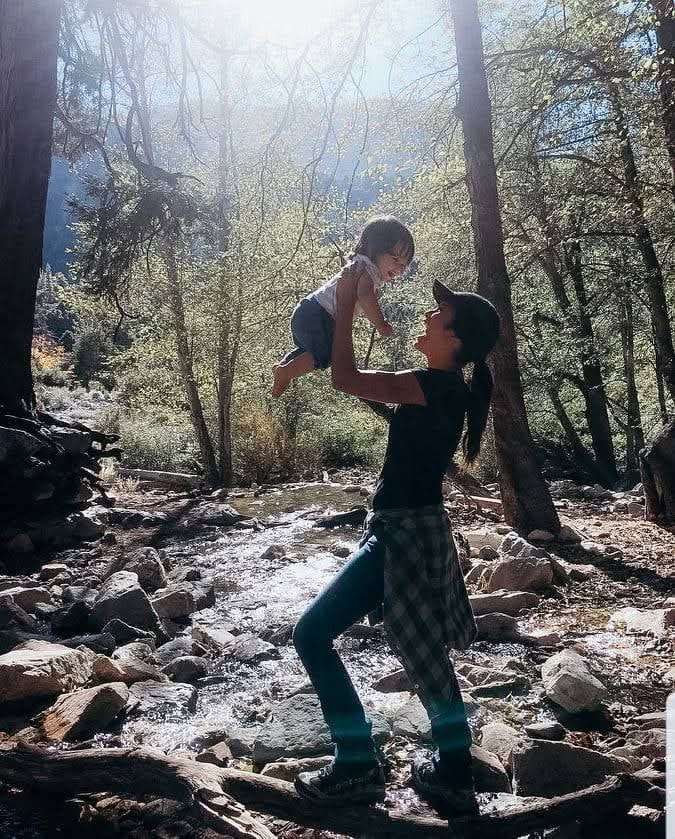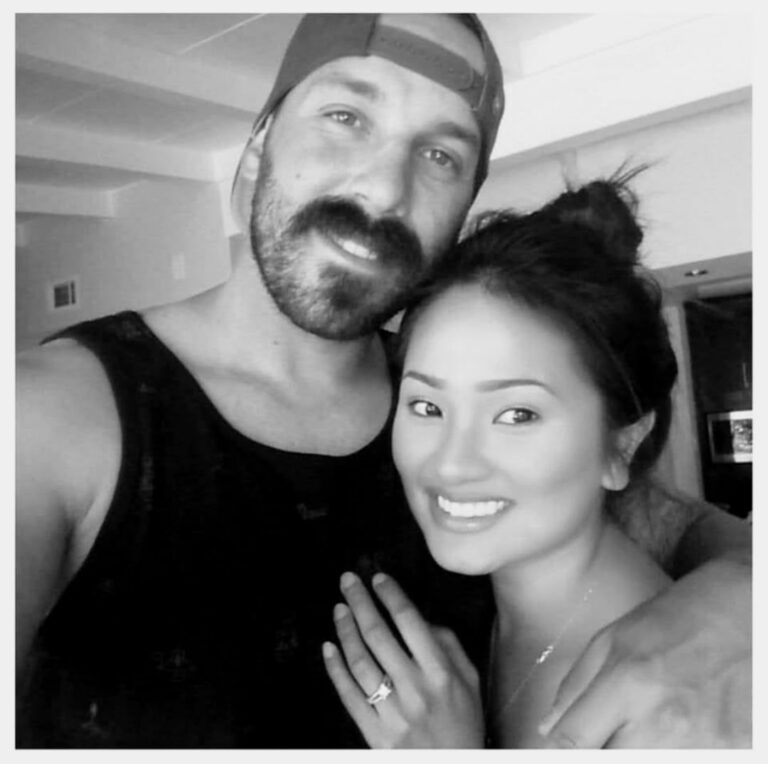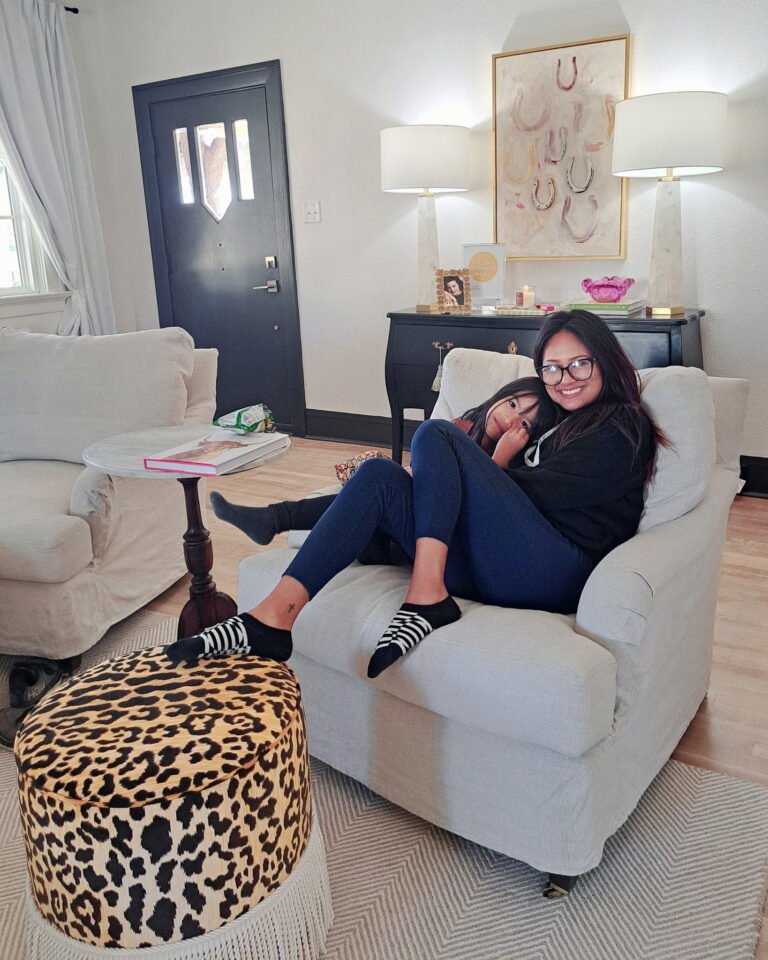You’re standing at the edge of a metaphorical cliff. Behind you is everything you know—every habit, relationship, routine, and identity that has defined your life up to this moment. Ahead of you is fog. The next step isn’t visible. You feel it in your bones: something has to change. You can’t keep doing life the way you have. And yet—you don’t move. You freeze.
You might even feel shame about this. Why am I so stuck? Why can’t I just do the thing?
If you’ve ever been in that space between knowing what you want and not being able to move toward it, I want you to hear me clearly:
You are not broken.
You are human.
And your brain is doing exactly what it was wired to do.
This blog is an invitation to bring clarity, compassion, and courage to the messy middle of change. Let’s unpack what’s really going on when we resist growth—and how to begin rewriting the story.
The Invisible Forcefield: How Your Brain is Wired to Protect You
Here’s a little truth bomb most people don’t tell you:
Your brain doesn’t care about your dreams.
It cares about your survival.
I know that sounds intense, but bear with me. Your brain—especially the subconscious part—is a finely tuned survival machine. Its primary job is to scan for danger and keep you safe. And one of the ways it does that is by favoring the known over the unknown.
This wiring comes from evolution. For our ancestors, unfamiliar environments could mean predators, poison, or death. So the brain developed mechanisms to equate unfamiliarity with danger. Fast forward to your modern-day decision to quit a toxic job, leave a one-sided relationship, or launch a new business—and boom, that same primal fear response kicks in.
Even if the change would benefit you, your nervous system interprets it as a potential threat. This is why resistance to change isn’t just a mindset issue—it’s a full-body survival response.
Why “Safe” Often Means “Stuck”
I’ve seen this dynamic play out countless times with my clients—and in my own life.
A woman might come to me wanting to stop people-pleasing, set firmer boundaries, and finally put herself first. But when she begins to take action—she freezes. She hesitates to speak up in meetings, she feels paralyzed asking for what she needs in her relationship, and then she spirals into self-judgment: I’m not strong enough. I’ll always be this way.
But here’s what’s really happening: her brain is clinging to an outdated belief that staying small equals staying safe. Maybe she learned as a child that being “good” and agreeable kept the peace. That belief got hardwired into her nervous system.
So now, as an adult, her attempt to change that pattern feels like jumping off a cliff.
Sound familiar?
The Familiar Isn’t Always Healthy—But It Feels Safe
Let me share something vulnerable from my own journey.
Years ago, I found myself repeating a cycle of over-functioning in my relationships. I gave and gave until I was emotionally depleted—then felt resentful, unseen, and trapped. I knew I wanted more reciprocity and less self-abandonment. But each time I tried to scale back, set a boundary, or ask for support, I felt sick with anxiety.
What was I afraid of?
At first, I couldn’t name it. But eventually, it hit me: If I stopped doing everything for everyone, I might lose connection. My nervous system equated overgiving with belonging. So every time I pulled back, I wasn’t just making a practical decision—I was confronting a core fear of being unloved.
This is the secret your brain doesn’t want you to know:
Change requires grieving the comfort of what’s familiar—even if that comfort is costing you your peace.
Resistance Has Many Costumes
If resistance showed up wearing a red flag, we might catch it. But it doesn’t. It’s clever. It wears disguises like:
-
Perfectionism (“I’ll start when it’s the right time”)
-
Procrastination (“Let me just scroll for a few more minutes”)
-
Cynicism (“Nothing’s going to change anyway, so why bother?”)
-
Over-analysis (“Let me research every option before taking one step”)
These are protective mechanisms. Your subconscious is trying to delay discomfort. It’s trying to buy you time. But instead of keeping you safe, it often keeps you stuck.
The Stories That Keep You Small
When we sit in that liminal space—the space between the old self and the emerging self—our brains fill the gap with stories. Some sound like this:
-
“Who do you think you are to want more?”
-
“What if you try and fail?”
-
“What if people don’t like the new you?”
-
“What if you succeed… and it still doesn’t feel good?”
These thoughts are not facts. They are echoes from old wounds—shaped by childhood, culture, and past pain. But when you believe them, they become self-fulfilling prophecies.
One of the most transformative things I teach my clients is this:
Just because a thought is loud doesn’t mean it’s true.
Just because a fear is present doesn’t mean it’s a stop sign.
A Visual Metaphor: The Doorway of Change
Imagine standing in a hallway. Behind you is a door you’ve closed. It leads to everything you’ve outgrown: roles, relationships, beliefs, identities. Ahead of you is a new door—but it’s locked.
And here’s the kicker:
You are the key.
But to unlock it, you have to stand still long enough to feel your fear, to acknowledge your resistance, and to remind yourself that discomfort is not danger.
This is the sacred work of transformation. Not bulldozing through resistance, but meeting it with curiosity.
So What Can You Do About It?
You might be wondering: “Okay, Nicole… this all makes sense. But how do I actually get unstuck?”
Here’s what I’ve found most effective—in my coaching work, and in my own self-healing:
1. Normalize the Resistance
If you expect fear, you won’t be surprised when it shows up. Fear doesn’t mean you’re off-track—it often means you’re right where you’re meant to be.
2. Name the Pattern
Language is power. Write it down: “I’m afraid that if I change, I’ll lose ____.” This reduces the fog and helps your conscious mind begin to engage with compassion.
3. Reconnect with Your Why
Your “why” is your lifeline. Why do you want this change? What version of yourself are you trying to become? Keep this vision close—it’s your compass when resistance tries to reroute you.
4. Use the Body as a Guide
Change isn’t just mental—it’s somatic. Breathwork, grounding exercises, movement—all of these regulate your nervous system and create safety within your body for new experiences.
5. Take Micro-Movements
Forget the 10-step plan. Start with one tiny act that aligns with the change you want. Tiny shifts compound over time. Action breeds clarity.
6. Find Safe Witnessing
We heal in connection. Whether through a coach, therapist, or trusted friend, speak your truth in a space where you’re met with empathy—not advice or judgment.
Real Change Is Built on Self-Trust, Not Self-Force
Let me leave you with this:
The most sustainable change doesn’t come from willpower.
It comes from self-trust.
When we move from a place of love instead of punishment… when we build safety within before chasing transformation outside… when we honor our fear without letting it drive the car—that’s when change sticks.
And not because we fought the resistance.
But because we understood it.
You’re Not Alone in This
If you’re in that in-between place—where the old self is crumbling and the new self hasn’t quite formed—I see you. I’ve been you.
And I want you to know:
You’re not behind. You’re not weak. You’re becoming.
There is wisdom in your pause. There is gold in the resistance. And there is a version of you on the other side of this who is more free, more grounded, and more you than ever before.
So be gentle with yourself. Change is hard because you’re not just shifting actions—you’re rewriting identity. And that takes time, presence, and love.









One Response
There is contemplative clarity in your writing, where each phrase contributes to an immersive, reflective whole. The text invites patient reading, attention to nuance, and an enduring engagement with layered meaning.